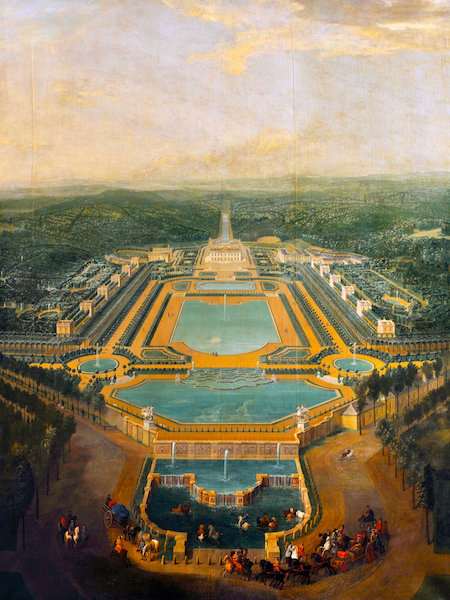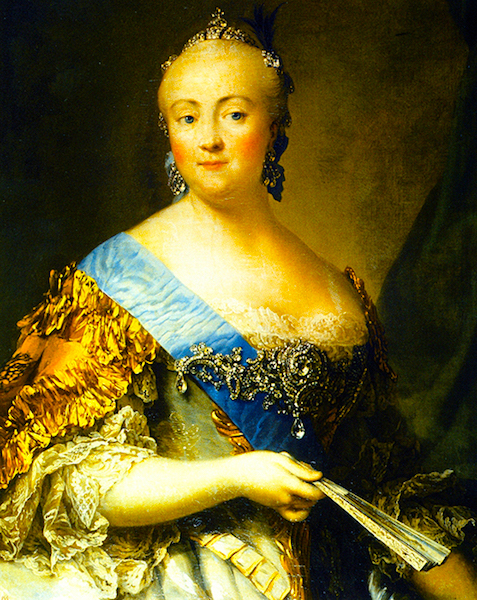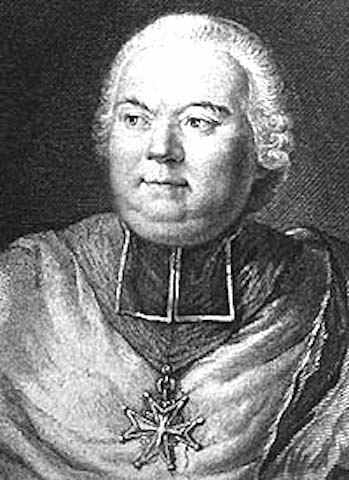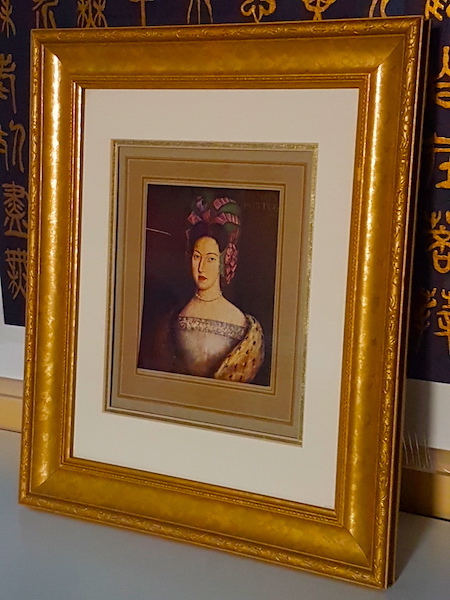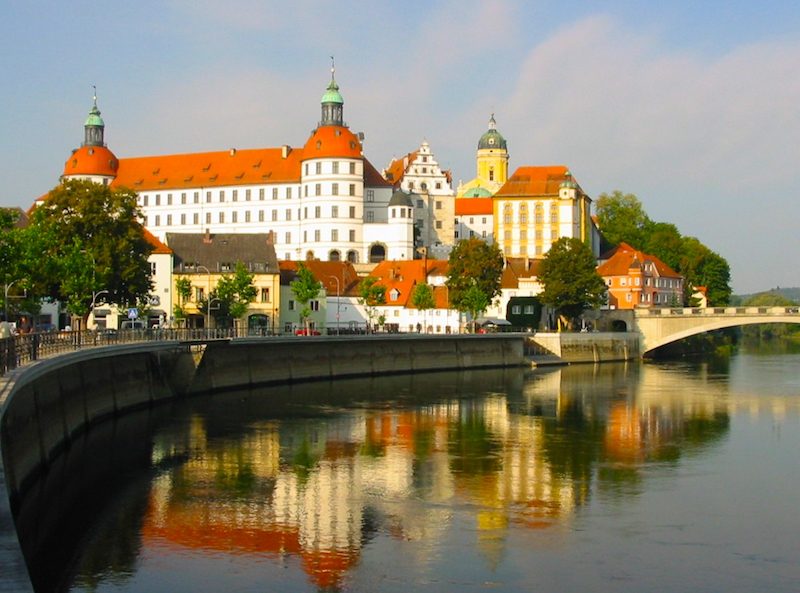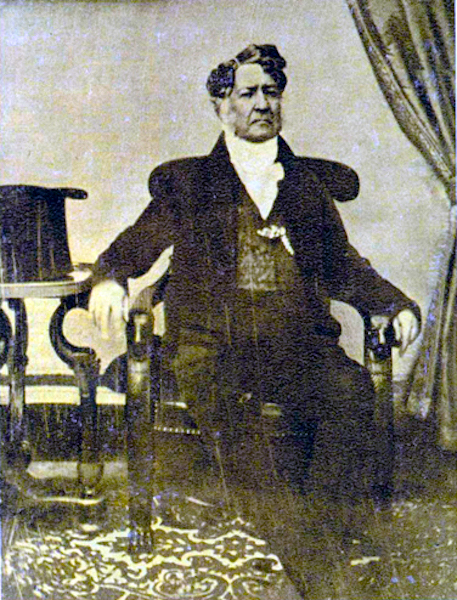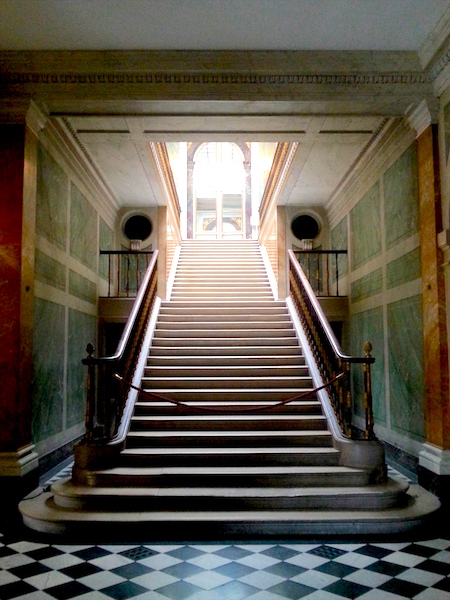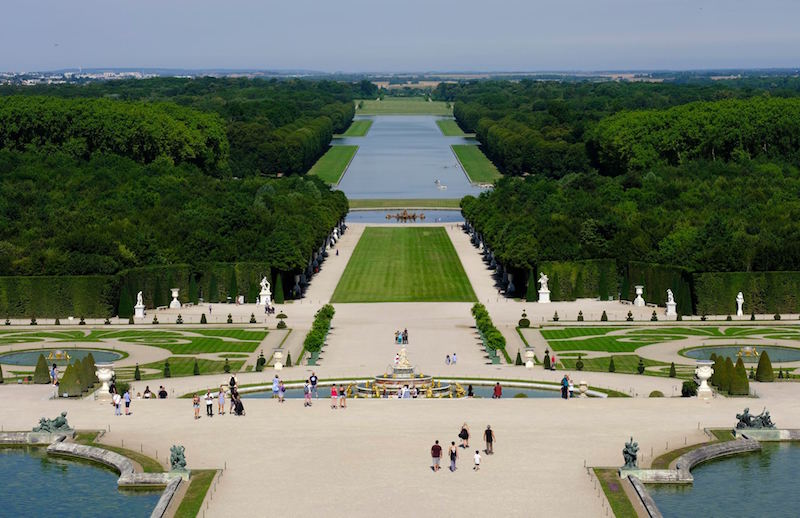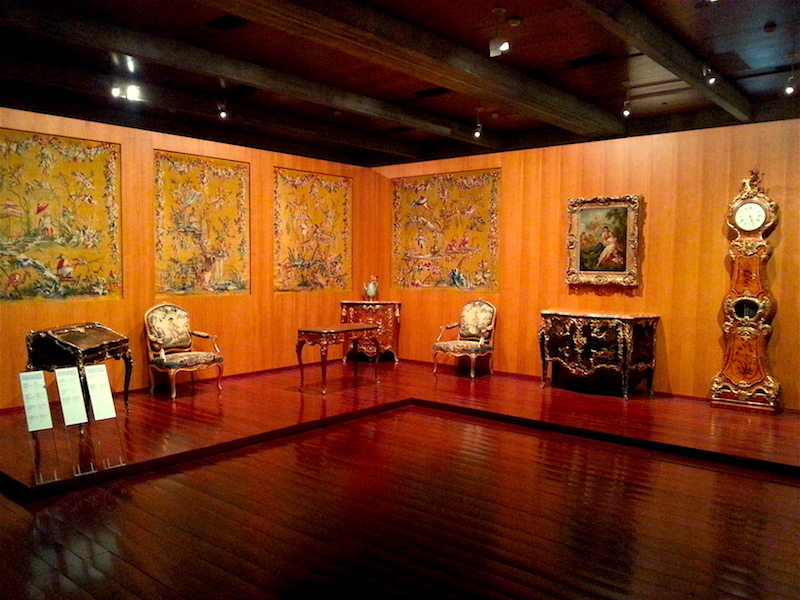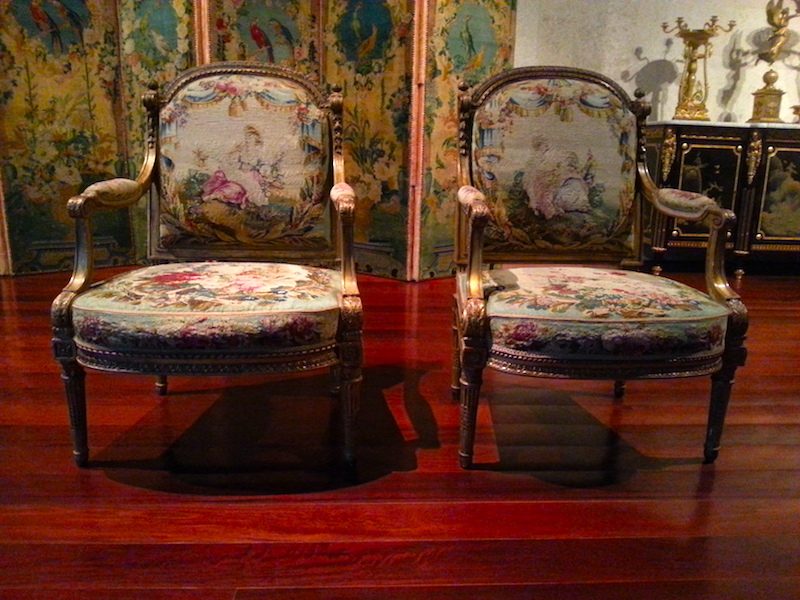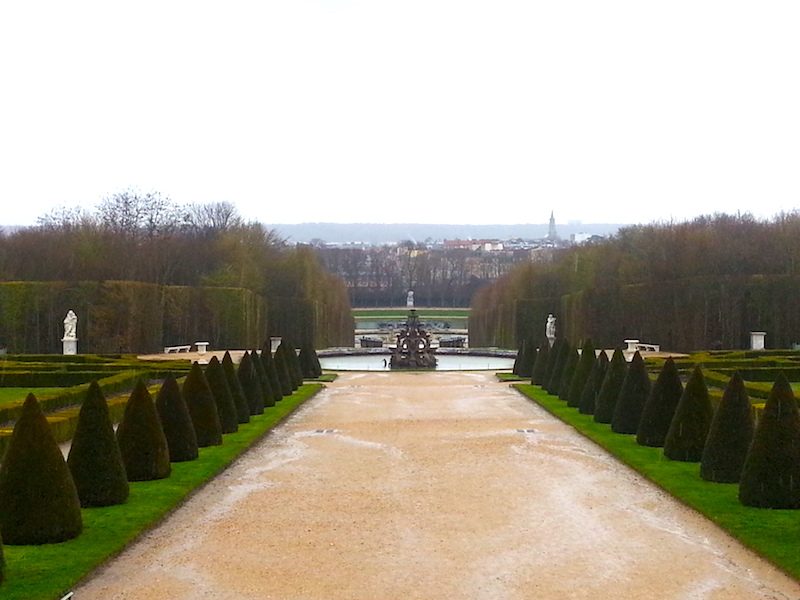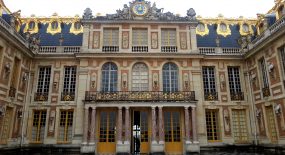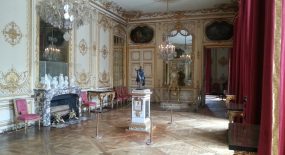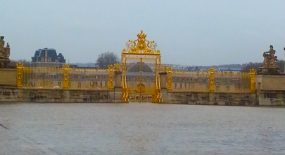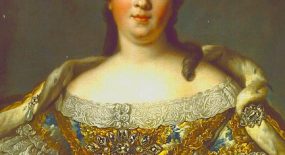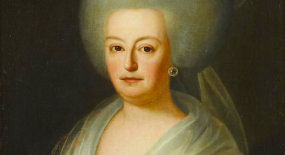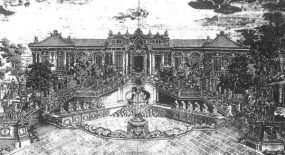Madame Louise de France was the youngest child of Louis XV and his Polish consort, Marie Leszczynska. Dubbed Madame Septième, in reference to her place in the birth order of the royal daughters, on her birth in 1737, she was one of only two of Louis XV’s nine children to leave the Court of Versailles and seek a life elsewhere.
In 1738, Mme Louise and three of her elder sisters were sent off to the abbey of Fontevraud for their education. It was there, in fact, that Louise was baptized. The decision to send them there had been made by Cardinal Fleury, Louis XV’s de facto prime minister, on the grounds of economy. It was thought that it would be significantly cheaper to raise them there than with large households at Versailles. Be that as it may, it meant that Louise spent most of her earliest years away from her home and family, apart from the sisters who were also at Fontevrault. The decision might been justified by the quality of the education that the young princesses were to receive, but in later years Mme Louise alleged that she did not even know the alphabet when she left the abbey.
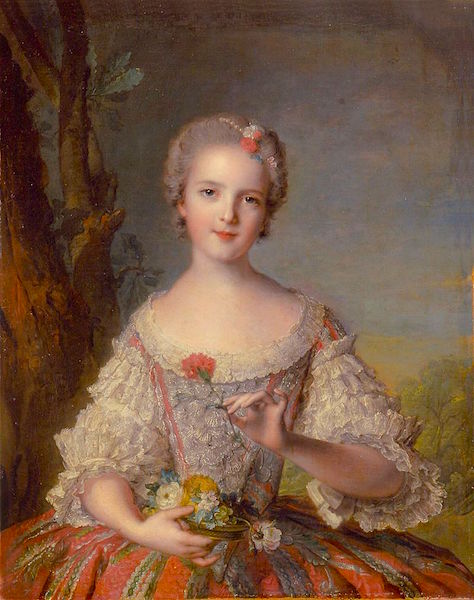
Mme Louise painted by Nattier in 1748, when she was still at Fontevrault.
The elder girls started returning to Versailles in the late 1740s. Louise herself returned in 1750. By this time, life at Court had changed a good deal since her birth, which had marked the end of her parents’ intimate life. Asked what he intended to call his new daughter, Louis XV responded, “Madame Dernière” (“Madame the last”). He then took up with the first of his many mistresses. When Louise returned to Versailles, the reigning mistress was the celebrated Madame de Pompadour. The mistress was tolerated by the Queen, but the King’s children were against her. There were now six royal siblings living at court: the Dauphin Louis (the only son), Mme Henriette (who was soon to die), Mme Adélaïde, Mme Victoire, Mme Sophie, and Mme Louise. In addition, the Dauphin had a wife, Marie-Josèphe of Saxony-Poland, who would give birth to the future Louis XVI in 1754. The eldest daughter, Mme Élisabeth, had married the reigning Duke of Parma. She was the only one of Louis XV’s daughters to marry. The remaining royal children resented la Pompadour and formed a nucleus of opposition to the favourite.








